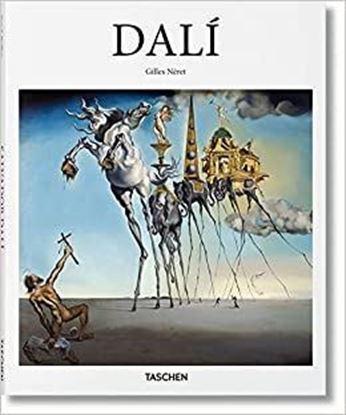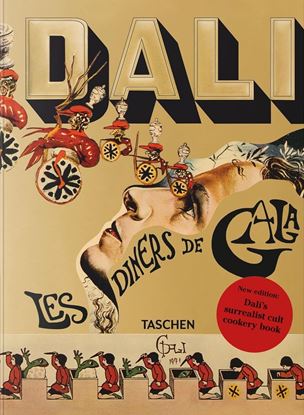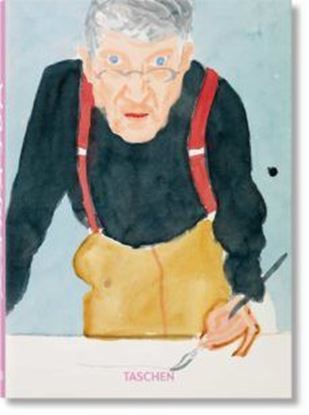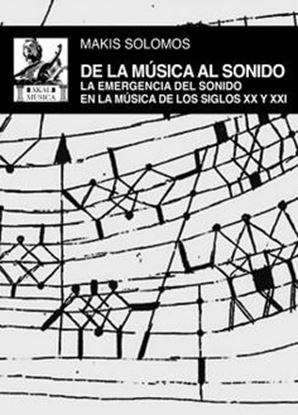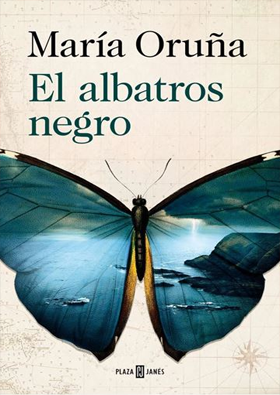

DALI (BA-ART) (GB)
Painter, sculptor, writer, filmmaker, and all-round showman Salvador Dalí (1904–1989) was one of the 20th century’s greatest exhibitionists and eccentrics. One of the first artists to apply the insights of Freudian psychoanalysis to art, he is celebrated in particular for his surrealist practice, with such conceits as the soft watches or the lobster telephone, now hallmarks of the surrealist enterprise, and of modernism in general.
Dalí frequently described his paintings as “hand-painted dream photographs.” Their tantalizing tension and interest resides in the precise rendering of bizarre elements and incongruous arrangements. As Dalí himself explained, he painted with “the most imperialist fury of precision,” but only “to systematize confusion and thus to help discredit completely the world of reality.”
Revolutionizing the role of the artist, the mustache-twirling Dalí also had the intuition to parade a controversial persona in the public arena and, through printmaking, fashion, advertising, writing, and film, to create work that could be consumed and not just contemplated on a gallery wall.
1,350
DAVID HOCKNEY. UNA CRONOLOGIA. 40TH ED.
Artista pop, pintor de la vida moderna, paisajista, maestro del color, explorador de la imagen y de la percepción durante seis decadas, David Hockney es conocido por ser un artista que siempre encuentra nuevas formas para explorar el mundo y sus posibilidades de representación. No ha dejado de crear imágenes inolvidables: obras con líneas gráficas y texto integrado durante los Swinging Sixties en Londres; la famosa serie de piscinas, crónica del estilo de vida californiano en la decada de 1970; así como penetrantes retratos y paisajes de gran formato y colores brillantes tras su regreso a su Yorkshire natal. Además de los dibujos en los que traslada lo que ve directamente al papel, hay collages multiperspectiva hechos con polaroids que abren el espacio a un sinfín de vistas de gran detalle, y dibujos realizados con iPad en los que captura la luz con un medio más moderno, testimonio todo ello del placer que Hockney siempre ha encontrado en la experimentación.
2,300
DC EL UNIVERSO CINEMATOGRAFICO
Una guía imprescindible para recorrer la historia del cine de DC.
Descubre cómo los personajes, las localizaciones, el vestuario y las armas se han adaptado de las páginas a la pantalla y cómo han evolucionado a lo largo de las décadas.
Algunos de los mejores actores del mundo, como Marlon Brando, Jack Nicholson, Christian Bale, Nicole Kidman, Joaquin Phoenix o Viola Davis han participado en muchas películas, algunos como superhéroes o supervillanos.
Adéntrate en el fascinante mundo de las películas de DC y descubre datos poco conocidos mientras examinas impresionantes fotogramas, diseños de personajes, escenarios y guiones.
¡El libro que todo fan del cine de DC estaba esperando!
2,600
DE LA MUSICA AL SONIDO
Partiendo de seis historias paralelas, el presente libro constituye una historia plural y original de la nueva música, que muestra cómo se ha producido un cambio de paradigma mediante un desplazamiento del núcleo: estamos pasando de una cultura musical centrada en la tonalidad a una cultura del sonido.
Cada capítulo se centra en una de esas historias: el timbre, una categoría central en la composición musical; el potencial musical del ruido; la escucha, cuyo conocimiento da acceso al sonido en el sentido más amplio del término; la inmersión sonora; la sustitución de la composición «del» sonido por la composición «con» sonidos, y el espacio, que progresivamente se percibe como algo componible.
De Debussy a la música de los comienzos del siglo XXI, del rock a la electrónica, de los objetos sonoros de la primera música concreta a la música electroacústica actual, este libro ofrece una original y novedosa perspectiva de la emergencia del sonido como eje vertebrador de la creación musical.
1,995
DESTINOS DE PELICULA
Descubre los escenarios reales de las películas y series más famosas
¿Alguna vez te has preguntado dónde se ha rodado tu película o serie preferida? En este libro lleno de mapas y datos curiosos encontrarás la respuesta que todo cinefilo busca.
Destinos de película muestra las localizaciones reales de algunas de las mejores películas y series de televisión de todos los tiempos. Descubre que desiertos sustituyen a lejanos planetas, que pueblos se convierten en verdaderas pesadillas y en que rascacielos luchan los superheroes.
Conoce dónde se rodaron Batman, Juego de tronos, Harry Potter, Indiana Jones, Parque Jurásico, Dune, Breaking Bad, Star Wars, El Seños de los Anillos y muchas más películas y series.
La guía definitiva para todos los amantes de la pantalla.
1,600


